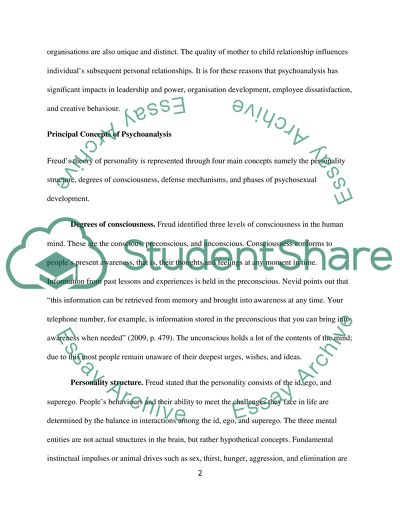Cite this document
(“Psychoanalytic Approach to Behaviour in Organisations Essay”, n.d.)
Retrieved from https://studentshare.org/psychology/1468346-psychoanalytic-approach-to-behaviour-in
Retrieved from https://studentshare.org/psychology/1468346-psychoanalytic-approach-to-behaviour-in
(Psychoanalytic Approach to Behaviour in Organisations Essay)
https://studentshare.org/psychology/1468346-psychoanalytic-approach-to-behaviour-in.
https://studentshare.org/psychology/1468346-psychoanalytic-approach-to-behaviour-in.
“Psychoanalytic Approach to Behaviour in Organisations Essay”, n.d. https://studentshare.org/psychology/1468346-psychoanalytic-approach-to-behaviour-in.


